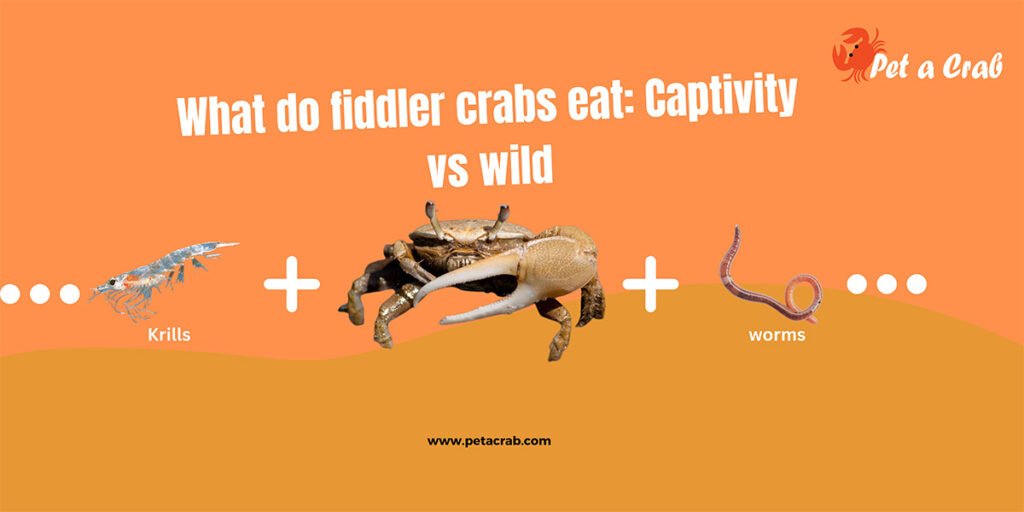Before buying a hermit crab, it’s crucial to understand their basic needs and how to build the proper hermit crab enclosure. Many new owners ask: What do hermit crabs need in their cage? From choosing the right hermit crab tank setup to maintaining the perfect humidity level for hermit crabs, there’s a lot to learn. In this guide, we’ll cover all the hermit crab necessities, dividing them into two parts:
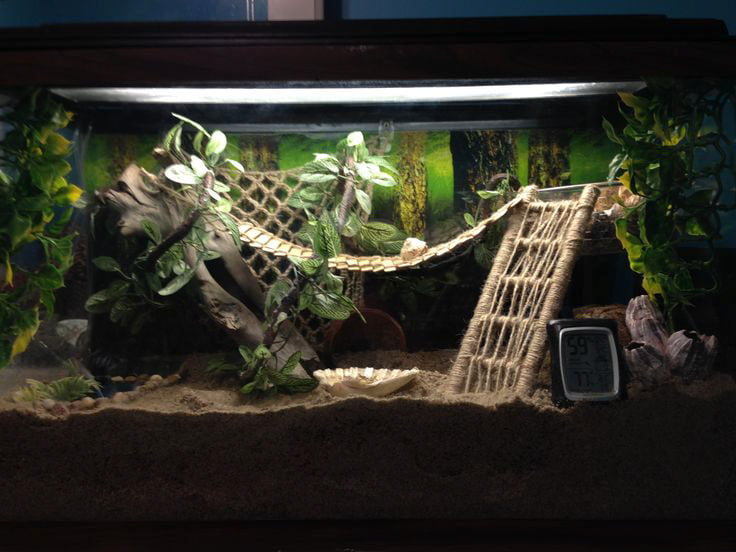
- Necessary elements for the hermit crab habitat
- Optional but helpful additions
Necessary Elements for a Proper Hermit Crab Enclosure
1. Tank Size
Hermit crabs need ample space. The best tank for hermit crabs starts at 10 gallons for 2 crabs, but a 20 gallon hermit crab tank setup is ideal. How much space does a hermit crab need? At least 5 gallons per crab.
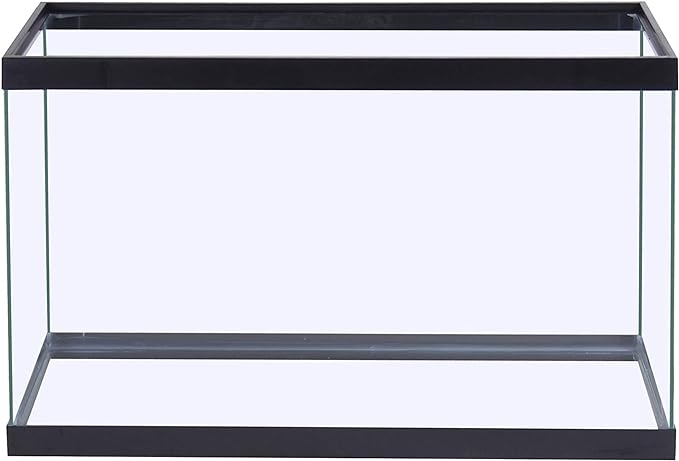
2. Substrate
Use a proper hermit crab substrate like eco earth for hermit crabs or play sand for hermit crabs. Many owners use a mix—5 parts play sand and 1 part coconut fiber (eco earth substrate for hermit crabs). The hermit crab substrate depth should be 6 inches minimum or 3x the height of your largest crab.
Can you use play sand for hermit crabs? Yes! Just ensure it’s clean, chemical-free, and moist. This setup allows safe burrowing and mimics the ideal hermit crab habitat.

3. Heating Mat & Thermometer
Maintaining temperature is crucial. Place a heating mat on the side or under the tank and monitor with a thermometer to keep it between 75–85°F. This ensures a warm and active environment—essential in a hermit crab aquarium setup.
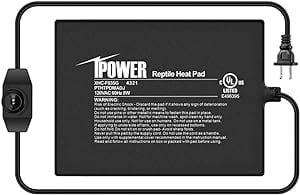
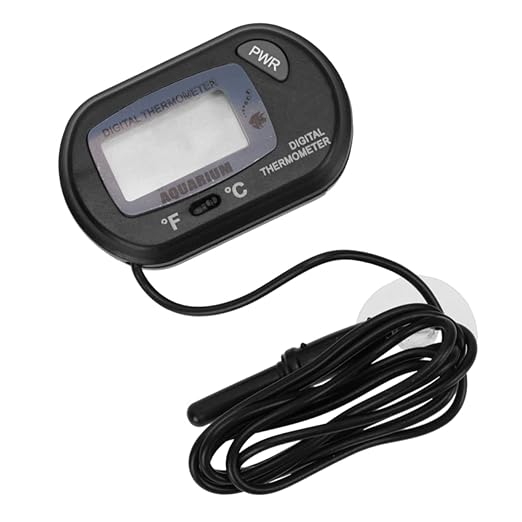
4. Humidity Control
A humidifier for hermit crabs or a mister spray bottle helps maintain the hermit crab humidity range of 70%–80%. Use a hygrometer to monitor this.
How to keep a hermit crab tank humid? Regular misting and using a moist substrate are key.
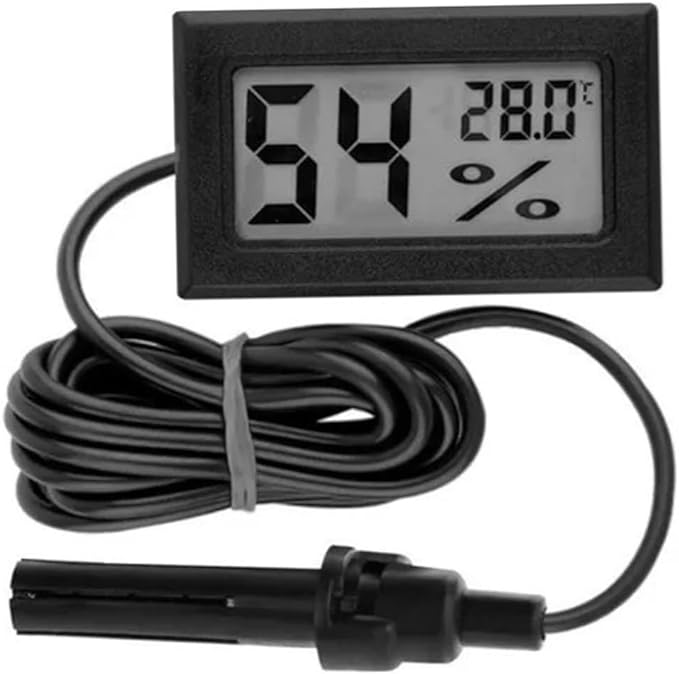

5. Wooden Structures
Use driftwood or boiled logs for climbing and hiding. These enrich the hermit crab cage setup and help mimic their natural environment.
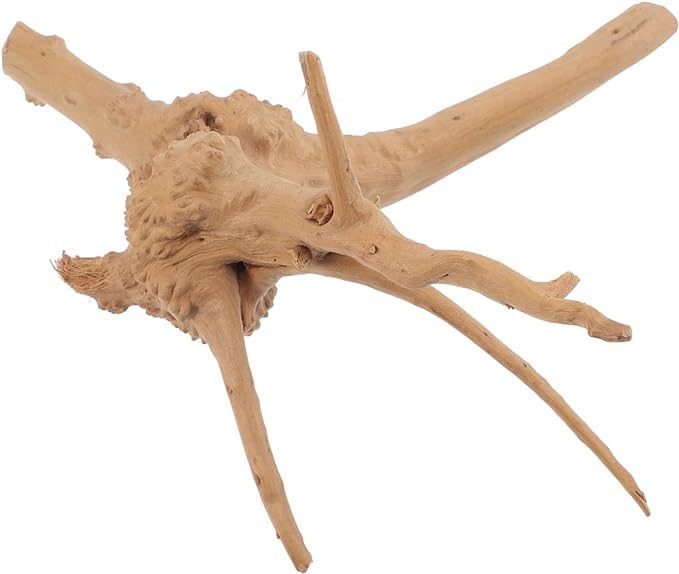
Wooden log half-pipe
Log half-pipe is considered a mandatory element for a hermit crab hiding place, as it can keep the cave moist and humid. You can skip this if you have enough hiding places. But keeping one in a tank is a minimum requirement.
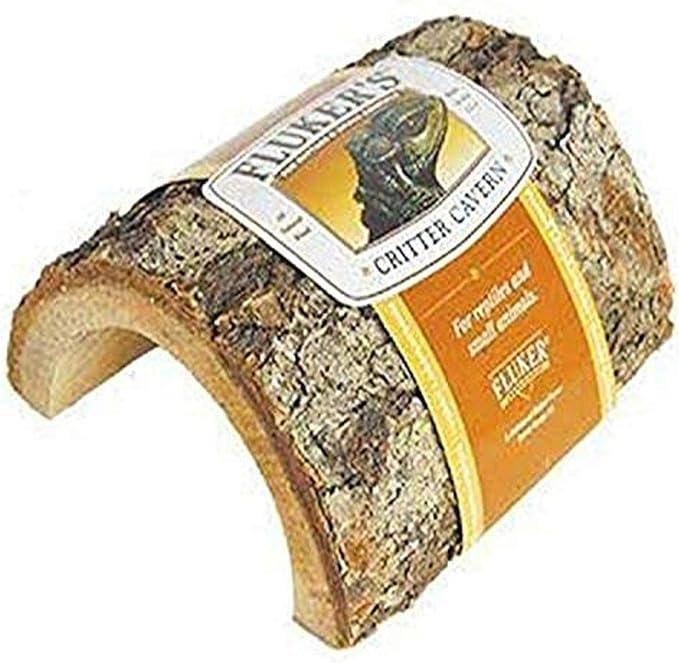
6. Hiding Places
Include logs, caves, or custom hermit crab hideouts. These create shelter and privacy, especially during molting. Hermit crab hiding is a natural behavior—they love to play and sleep in hideouts.
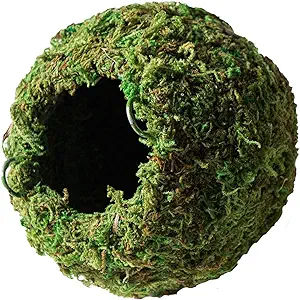
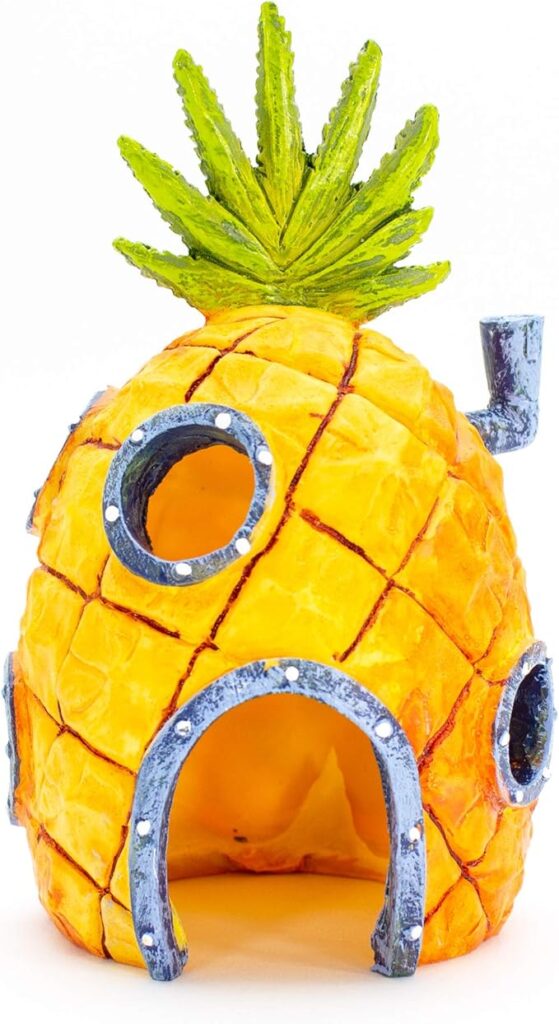
7. Shells
Crabs need spare shells as they grow. Offer at least 3 extra shells per crab in various sizes. Clean them by boiling and ensure they’re non-toxic painted or natural.
8. Water & Food Bowls
You’ll need two water bowls (one for freshwater and one for saltwater) and one food bowl.
Do hermit crabs need water? Absolutely. They require both freshwater and saltwater. Use dechlorinated water and marine salt.
How to make hermit crab salt water: Mix marine salt with dechlorinated water, not table salt. This is vital for hydration and osmoregulation.
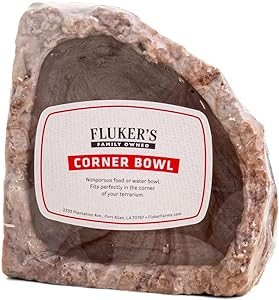
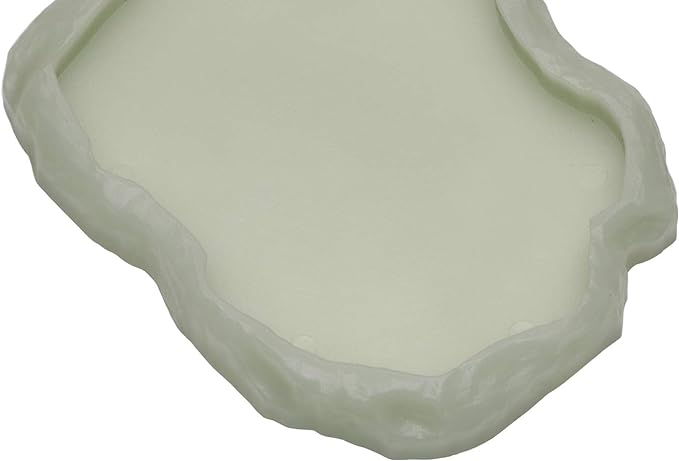
Dechlorinate the tap water before pouring it into the bowl.
9. Food
Hermit crabs are omnivores. Give them a variety of fruits, vegetables, meats, and calcium-rich food during molting. Use a shallow bowl and remove uneaten food daily.
10. Lighting (Optional but Beneficial)
Do hermit crabs need light? Not necessarily, but if they’re kept in dark rooms, a UVB light helps simulate day/night cycles. Hermit crab light requirement isn’t as strict as reptiles, but lighting improves color and health.
Optional But Useful Additions
Sand Mix
Using half eco earth hermit crabs substrate and half hermit crab sand helps mimic their natural habitat. Beach sand for hermit crabs is great if clean and sourced properly.
Can I use beach sand for hermit crabs? Yes, but make sure it’s boiled and parasite-free.
Dried Leaves (Catappa)
Indian almond leaves help retain moisture and provide great cover for hermit crab enclosures. Crabs love crawling and hiding in them.

Aquarium or Plastic Plants
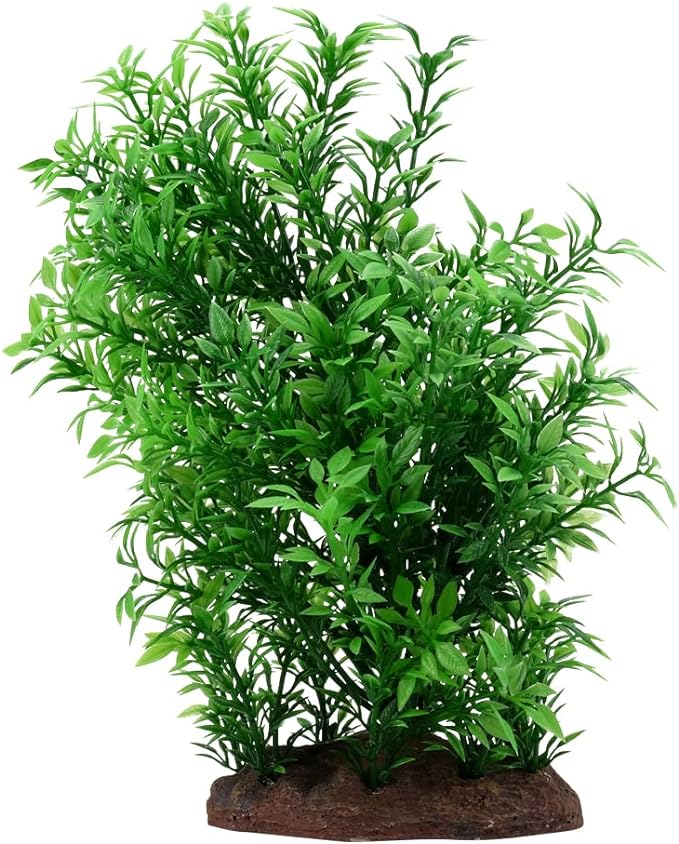
Decorative and functional. These mimic a wild environment and encourage activity.
Climbing Accessories
Crabs are natural climbers! Add coconut fiber climbing carpet, logs, or pet-safe ladders. Can hermit crabs climb glass? Yes, sometimes—but textured surfaces are better.
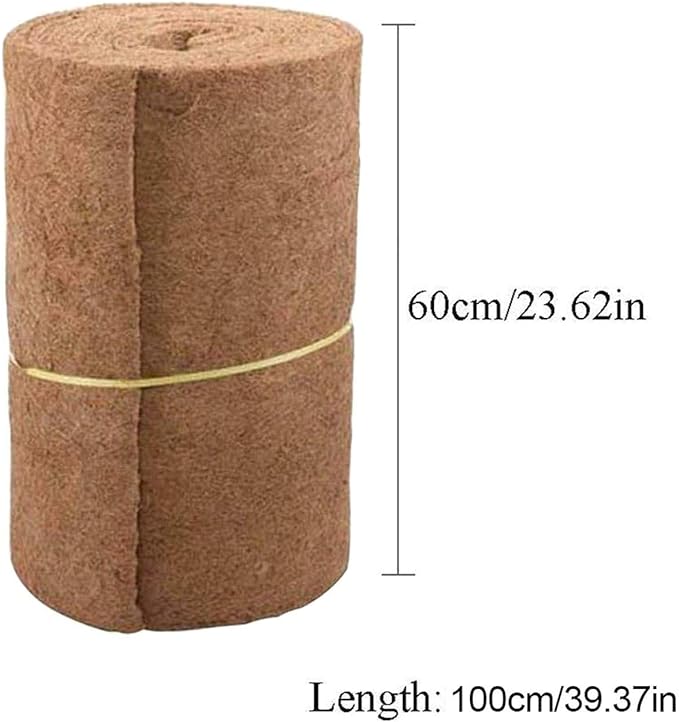
Hermit Crab Humidifier
If misting isn’t enough, add a hermit crab humidifier to maintain perfect levels.
Final Thoughts on the Best Hermit Crab Tank Setup
A proper hermit crab habitat setup ensures your pet lives a long, happy life. A complete hermit crab tank set up includes moisture-retaining substrate, a heat source, proper humidity, hiding places, shells, and safe water.
Whether you’re doing a hermit crab aquarium set up or a classic hermit crab cage, be mindful of temperature and humidity.
What does a hermit crab need? More than a bowl and a shell—it needs a whole mini-ecosystem!
This guide has everything for setting up a hermit crab tank—from tank size to decorations, ensuring you’ve created the best hermit crab cage or terrarium setup possible.
Best hermit crab tank setup = Happy hermit crabs!
FAQs
Q: What size tank does a hermit crab need? 5–10 gallons per crab; 20-gallon tanks are ideal.
Q: Does hermit crabs need light? Not strictly, but it helps in dark rooms.
Q: Do you put water in a hermit crab cage? Yes, one bowl for freshwater and one for saltwater.
Q: How often should I change substrate for hermit crabs? Every 4–6 months or if it smells, molds, or looks dirty.
Q: What to put in hermit crab tank? Substrate, bowls, shells, hideouts, thermometer, hygrometer, and heating mat.
Q: How to setup a hermit crab tank? Follow the guide above to ensure your hermit crab setups are safe and complete.
Ready to build the best habitat for hermit crabs? Your crabs will thank you!


